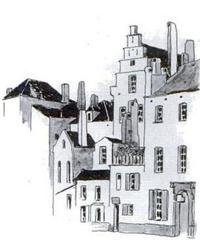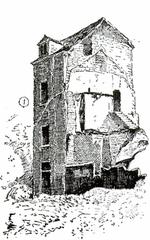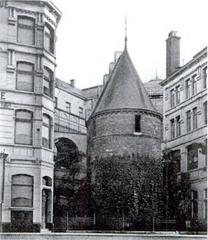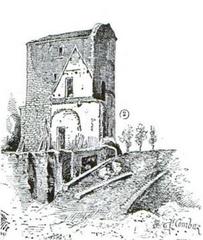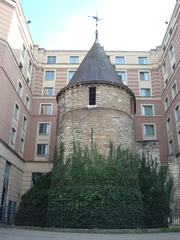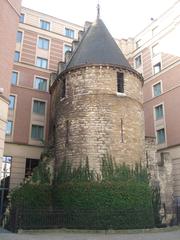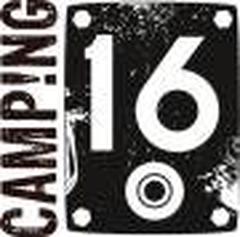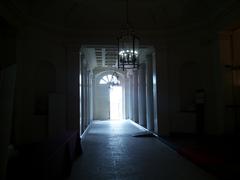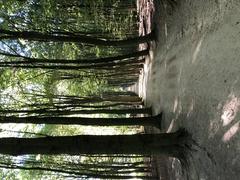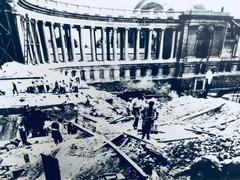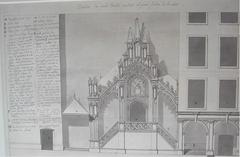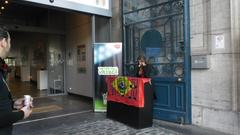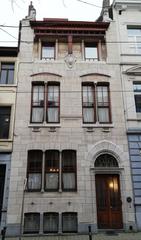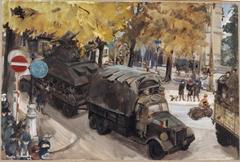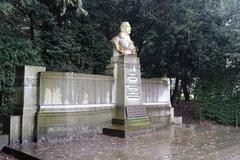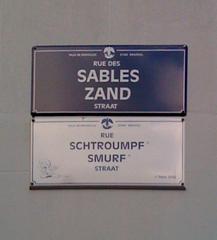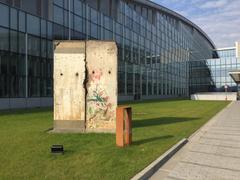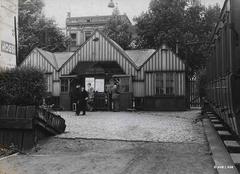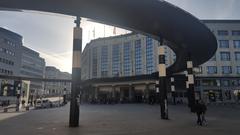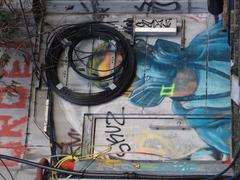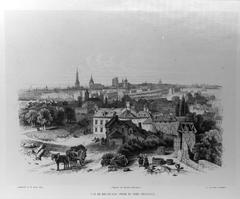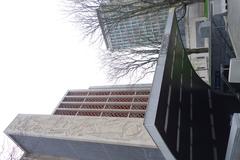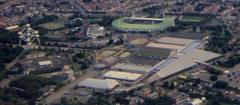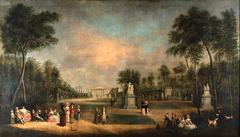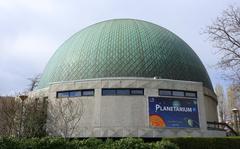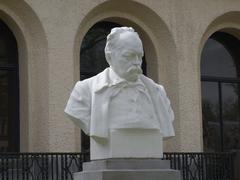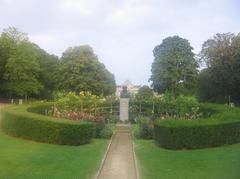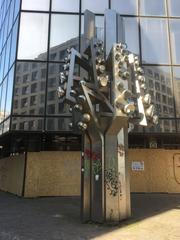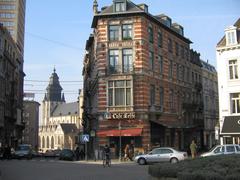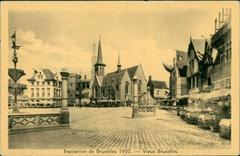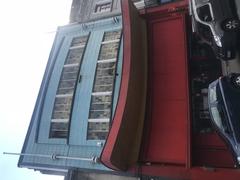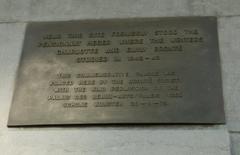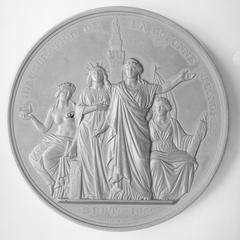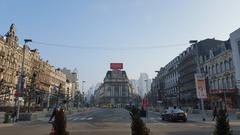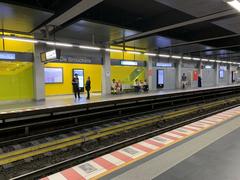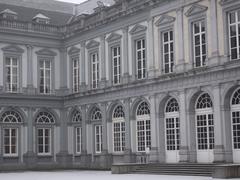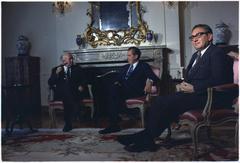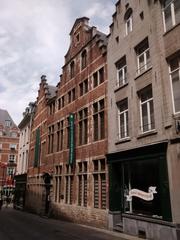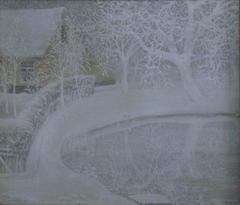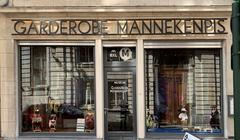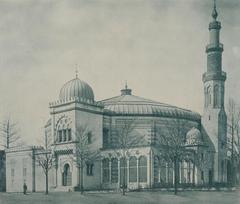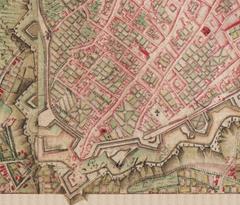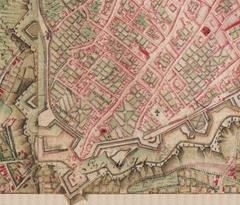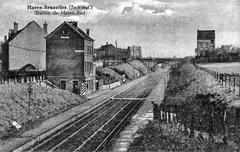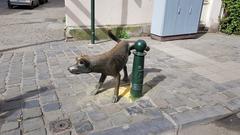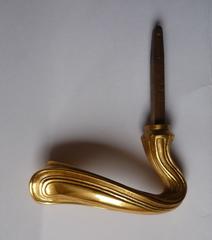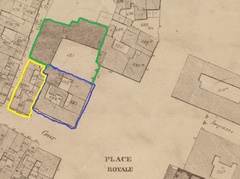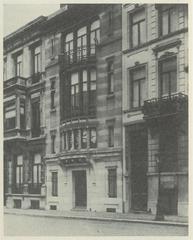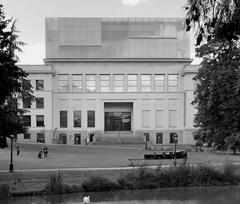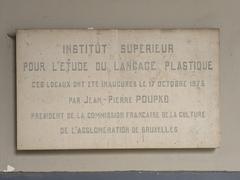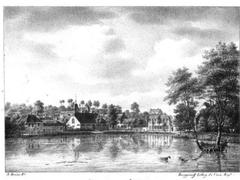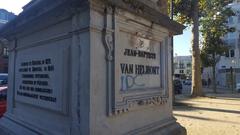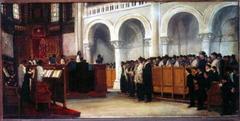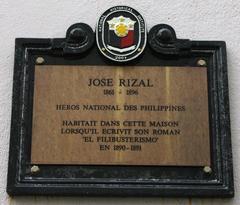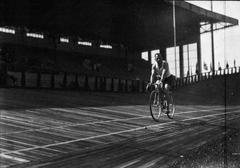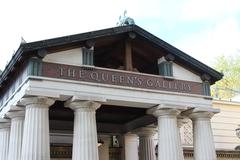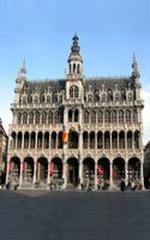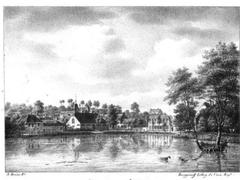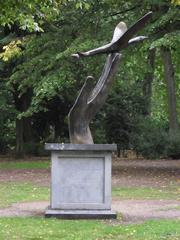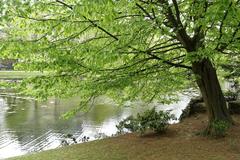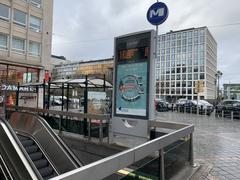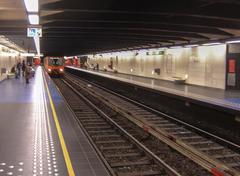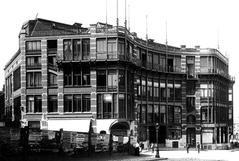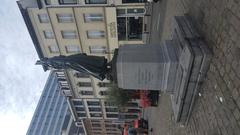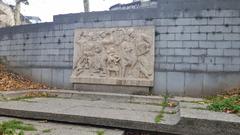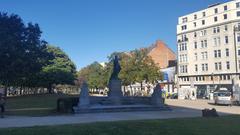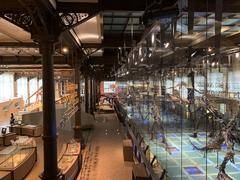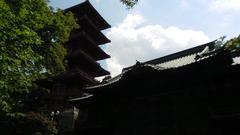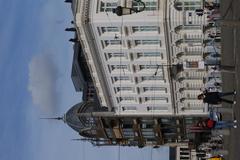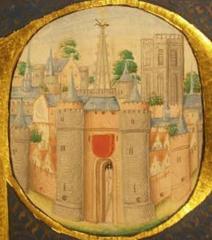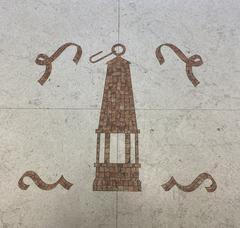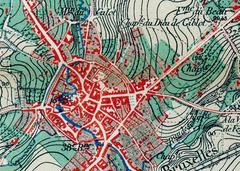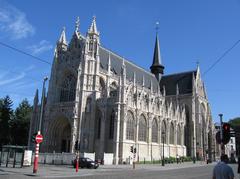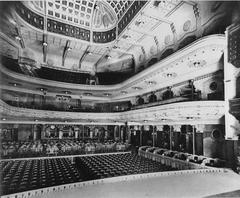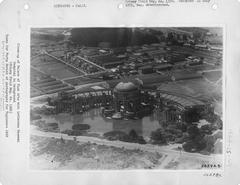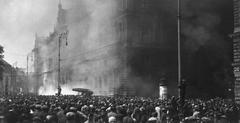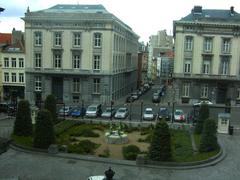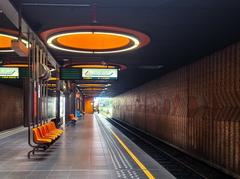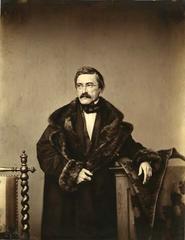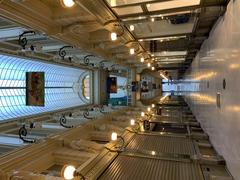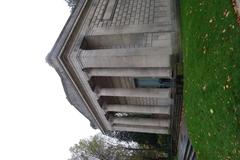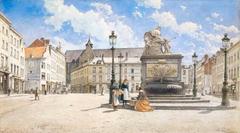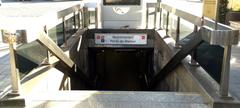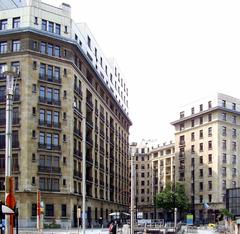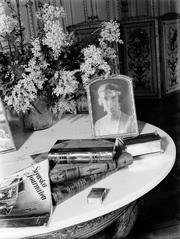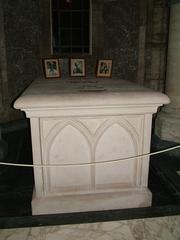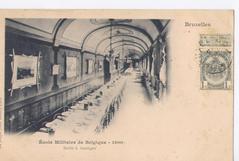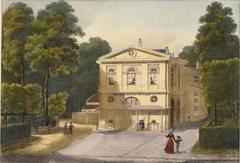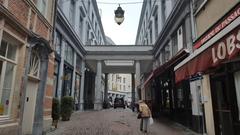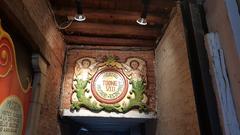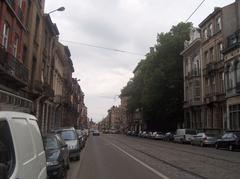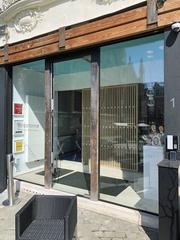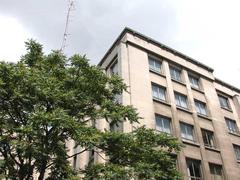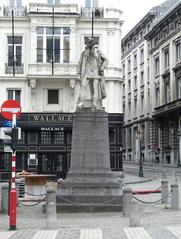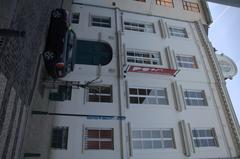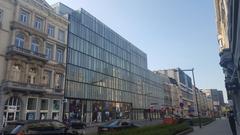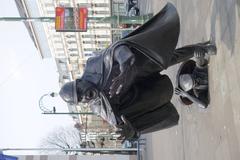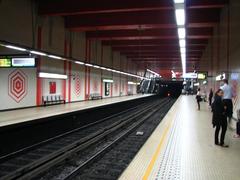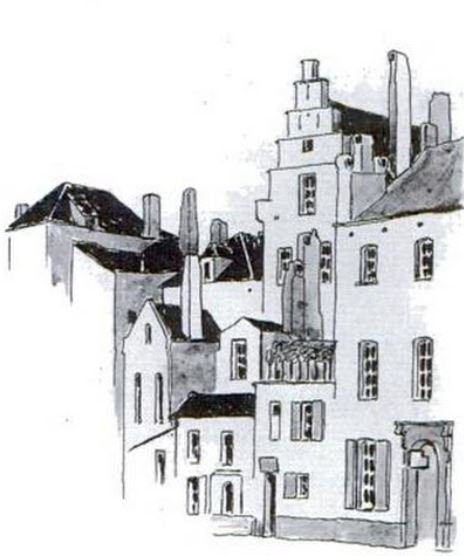
Complete Guide to Visiting Tour Noire - Zwarte Toren, Brussels, Belgium
Date: 25/07/2024
Introduction
The Black Tower, known as Tour Noire in French and Zwarte Toren in Dutch, stands as a unique testament to Brussels’ rich medieval history. This iconic structure, built in the early 13th century, was originally part of the city’s first fortifications, designed to defend against invaders. Over the centuries, the Black Tower has witnessed and survived numerous transformations, including urban development and modernization, which makes it an invaluable relic of the past (visit.brussels). Today, it captivates both locals and tourists with its dark, pointed turret and rounded walls, often cloaked in foliage, evoking a fairytale-like medieval charm. The Black Tower’s historical significance is further underscored by its feature in the Belgian comic series “The Adventures of Nero” by Marc Sleen, embedding it firmly within the cultural fabric of Brussels (Wikipedia). This guide aims to provide a comprehensive overview of the Black Tower, covering its history, architectural features, visitor information, and nearby attractions, ensuring that your visit to Tour Noire - Zwarte Toren is both informative and memorable.
Table of Contents
- Zwarte Toren)](#zwarte-torenhistory)
- [Early Construction and Purpose](#early-construction-and-purposeearly-construction-and-purpose)
- [Obsolescence and Survival](#obsolescence-and-survivalobsolescence-and-survival)
- [Transformation and Urban Development](#transformation-and-urban-developmenttransformation-and-urban-development)
- [19th Century Restoration](#19th-century-restoration19th-century-restoration)
- [20th Century Recognition and Preservation](#20th-century-recognition-and-preservation20th-century-recognition-and-preservation)
- [Cultural Significance](#cultural-significancecultural-significance)
- information)
- [Visiting Hours and Tickets](#visiting-hours-and-ticketsvisiting-hours-and-tickets)
- [Travel Tips and Accessibility](#travel-tips-and-accessibilitytravel-tips-and-accessibility)
- attractions)
- features)
- efforts)
- experience)
History of the Black Tower (Tour Noire - Zwarte Toren)
Early Construction and Purpose
The Black Tower, known locally as Tour Noire in French and Zwarte Toren in Dutch, is a medieval fortification located in central Brussels, Belgium. It was constructed at the beginning of the 13th century as part of the first fortifications of Brussels. These fortifications were essential for protecting the city from invasions and included approximately 4 kilometers of walls that encircled the medieval city, covering an area of about 80 hectares (visit.brussels).
Obsolescence and Survival
By the end of the 14th century, the original fortifications, including the Black Tower, became obsolete due to the construction of a second, larger set of walls around Brussels. Despite this, the Black Tower managed to survive through the centuries, a feat attributed to its transition into private property. This change in ownership likely contributed to its preservation, as it was no longer solely a military structure but also served civilian purposes (Wikipedia).
Transformation and Urban Development
In the 16th century, the area around the Black Tower underwent significant changes. The construction of a new dock for the inland port of Brussels took place near the site where St. Catherine’s Church now stands. Remarkably, the Black Tower was spared during this period of urban development. Around the same time, the tower was repurposed into a tavern known as “In the Tower,” indicating its integration into the social fabric of the city (Wikipedia).
19th Century Restoration
The 19th century brought further changes to the Black Tower and its surroundings. In 1888, the entire street where the tower stood was slated for sanitation and redevelopment. However, the then-mayor of Brussels, Charles Buls, intervened to save the tower from demolition. The architect Victor Jamaer was tasked with restoring the building, which included reconstructing the gable, the roof, and the bent radius. During this period, the tower was surrounded by a clothing store, further embedding it into the commercial life of the city (Wikipedia).
20th Century Recognition and Preservation
On February 1, 1937, the Black Tower was officially recognized as a state building and classified as a historical monument. This designation helped ensure its preservation amidst the rapid modernization of Brussels. Today, the tower is surrounded by modern buildings, including a hotel, which creates a striking contrast between the medieval structure and its contemporary surroundings. A plaque near the tower serves as a reminder of its historical significance (Wikipedia).
Cultural Significance
The Black Tower has also found its place in popular culture. It is featured in an album of the Belgian comic book series “The Adventures of Nero” by Marc Sleen. In the story “De Zwarte Toren” (“The Black Tower”) published in 1983, the protagonist Nero visits Brussels and uncovers mysterious events occurring in the tower. This story has been incorporated into a special Nero route by the Marc Sleen Museum, guiding visitors to various locations in Brussels that are significant in the comic series (Wikipedia).
Visitor Information
Visiting Hours and Tickets
The Black Tower is accessible to the public at all times, as it is situated in an open public square. There is no admission fee, making it an ideal stop for budget-conscious travelers. For those interested in a more structured visit, guided tours of the surrounding area are available through various tour operators in Brussels.
Travel Tips and Accessibility
Located on Place Sainte-Catherine, behind St. Catherine’s Church, the Black Tower is easily accessible via the Sainte-Catherine/Sint-Katelijne and De Brouckère metro stations on lines 1 and 5 (Sygic Travel). The surrounding area is pedestrian-friendly and suitable for visitors with mobility issues. Comfortable walking shoes are recommended, as the cobblestone streets can be uneven.
Nearby Attractions
The Black Tower is just a five-minute walk from the Grand-Place, making it an excellent addition to any sightseeing itinerary. Nearby attractions include:
- Église Ste-Catherine - A beautiful church located just steps from the Black Tower.
- The Bourse - The historic Brussels Stock Exchange building.
- Grand Place - The central square of Brussels, known for its stunning architecture and vibrant atmosphere.
- Manneken Pis - The famous statue of a little boy urinating, a must-see for tourists.
Architectural Features
The Black Tower’s architecture is characterized by its dark, pointed turret and rounded walls, which are often overgrown with foliage. These features give it a fairytale-like appearance, evoking images of medieval fantasy and ancient legends. Despite being dwarfed by the modern hotel that surrounds it, the tower retains its historical charm and continues to attract visitors who are intrigued by its storied past (Atlas Obscura).
Preservation Efforts
Efforts to preserve the Black Tower have been ongoing, with various restorations and maintenance work carried out over the years. The tower’s classification as a historical monument has played a crucial role in its preservation, ensuring that it remains a protected site. Additionally, the presence of a plaque near the tower helps educate visitors about its historical importance and the role it has played in the city’s history (Wikipedia).
Visitor Experience
Visitors to the Black Tower can explore its exterior and walk around the structure, which is situated in an open public square. The surrounding area is rich with other attractions, providing a comprehensive historical and cultural experience for visitors (Atlas Obscura).
FAQ
What are the visiting hours of the Black Tower?
The Black Tower is accessible to the public at all times, as it is situated in an open public square.
How much are tickets for the Black Tower?
There is no admission fee for visiting the Black Tower.
Where is the Black Tower located?
The Black Tower is located on Place Sainte-Catherine, behind St. Catherine’s Church in Brussels.
What are some nearby attractions?
Nearby attractions include Église Ste-Catherine, The Bourse, Grand Place, and Manneken Pis.
Conclusion and Call to Action
In summary, the Black Tower’s history is a fascinating journey through time, from its origins as a medieval fortification to its current status as a cherished historical monument. Its survival through centuries of urban development and modernization is a testament to its enduring significance and the efforts of those who have worked to preserve it. For more information, download the Audiala mobile app, check out other related posts, or follow us on social media for updates.
References
- Visit Brussels. (n.d.). Tour Noire. Retrieved from visit.brussels
- Wikipedia. (n.d.). Black Tower (Brussels). Retrieved from Wikipedia
- Atlas Obscura. (n.d.). Black Tower. Retrieved from Atlas Obscura
- Lonely Planet. (n.d.). Tour Noire. Retrieved from Lonely Planet
- Travellers Worldwide. (n.d.). Best time to visit Belgium. Retrieved from Travellers Worldwide
- Next Stop Belgium. (n.d.). Walking tours in Brussels. Retrieved from Next Stop Belgium
- Rove.me. (n.d.). Brussels. Retrieved from Rove.me
